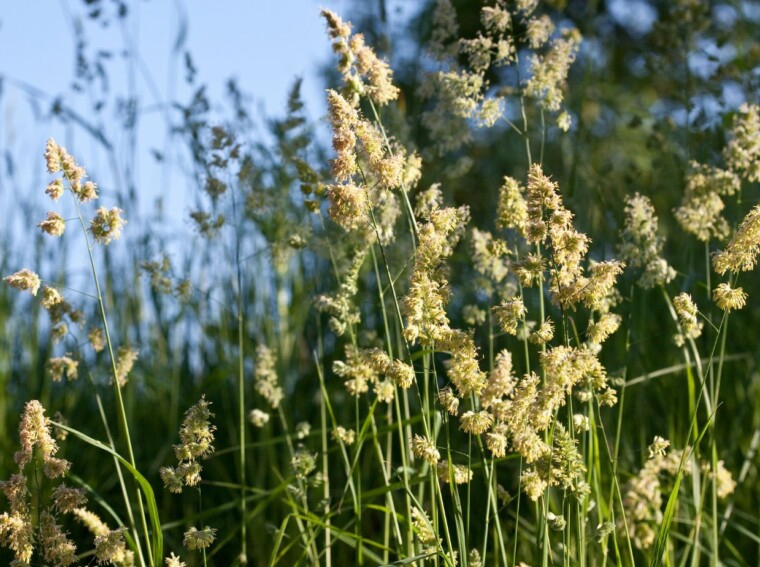In the fascinating world of botany, flowers are more than just aesthetic delights; they play a crucial role in plant reproduction. The part of the flower that serves as the male reproductive organ is known as the stamen. This key component is essential for pollination, which leads to the production of seeds and fruit.
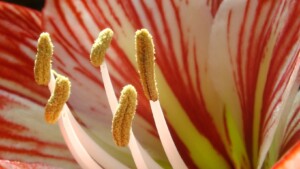 The stamen consists of two main parts: the anther and the filament. It’s within the anther where pollen, containing the male gametes, is produced and stored until it’s ready to be transferred to a flower’s female counterpart, signifying a critical step in fertilization.
The stamen consists of two main parts: the anther and the filament. It’s within the anther where pollen, containing the male gametes, is produced and stored until it’s ready to be transferred to a flower’s female counterpart, signifying a critical step in fertilization.
Understanding these structures not only enriches one’s appreciation for plant biology but also highlights nature’s intricate mechanisms for ensuring species survival. The study of such processes offers insights into biodiversity conservation and agricultural practices, emphasizing how everything in nature is interconnected.
Bagian Bunga Yang Berfungsi Sebagai Alat Kelamin Jantan Adalah
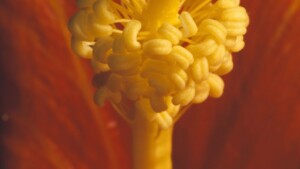 The male reproductive organs of flowers play crucial roles in the plant’s life cycle. Known as stamens, these components are pivotal for reproduction and the survival of many species. Each stamen consists of two main parts: the anther and the filament. Together, they facilitate not only the production but also the dispersal of pollen, which is critical for fertilizing other plants.
The male reproductive organs of flowers play crucial roles in the plant’s life cycle. Known as stamens, these components are pivotal for reproduction and the survival of many species. Each stamen consists of two main parts: the anther and the filament. Together, they facilitate not only the production but also the dispersal of pollen, which is critical for fertilizing other plants.
Pollen production occurs within the anther, situated at the top of each bagian bunga yang berfungsi sebagai alat kelamin jantan adalah. These tiny grains contain the male gametes necessary for seed formation once they reach a flower’s female part—the pistil. The process begins when pollen is transferred from the anther to a pistil’s stigma, either within the same flower or between flowers, through various vectors like wind, water, or pollinators such as bees and butterflies.
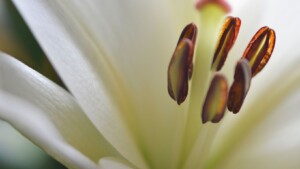 Pollinators play a vital role in this system. They’re attracted to flowers by their colors and scents; during their visit, they inadvertently collect pollen on their bodies which they then transport to other blooms. This symbiotic relationship benefits both parties: plants achieve cross-pollination while pollinators receive nourishment in the form of nectar.
Pollinators play a vital role in this system. They’re attracted to flowers by their colors and scents; during their visit, they inadvertently collect pollen on their bodies which they then transport to other blooms. This symbiotic relationship benefits both parties: plants achieve cross-pollination while pollinators receive nourishment in the form of nectar.
The filament holds up the anther, making it accessible to pollinators and elements that aid in pollen transfer. It’s fascinating how these seemingly simple structures have evolved functionalities that drastically increase a plant’s ability to reproduce across vast distances.
Understanding the Anatomy of Male Flower Parts
Stamen: The Male Reproductive Organ
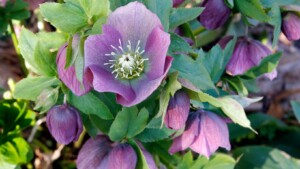 The stamen is known as the powerhouse of a flower’s male reproductive system. Intriguingly, it plays a pivotal role in plant reproduction by producing and dispersing pollen. Each stamen typically consists of two main components: the anther and the filament. The anther is where pollen is created, while the filament acts as its supporting structure.
The stamen is known as the powerhouse of a flower’s male reproductive system. Intriguingly, it plays a pivotal role in plant reproduction by producing and dispersing pollen. Each stamen typically consists of two main components: the anther and the filament. The anther is where pollen is created, while the filament acts as its supporting structure.
Diving deeper, one finds that the anatomy of the stamen is both fascinating and varied across different plant species. For instance, some flowers boast numerous stamens, which can either be free-standing or fused together in various configurations. This diversity not only adds to the aesthetic appeal of flowers but also has implications for their reproductive strategies.
Filament: The Supportive Structure for Anther
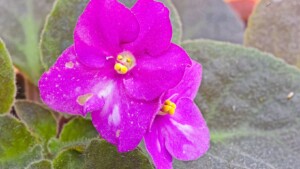 The filament might seem less glamorous compared to its counterpart, yet it’s critically important for proper pollen distribution. Essentially acting as a stalk, it holds up the anther in an optimal position for pollination to occur effectively.
The filament might seem less glamorous compared to its counterpart, yet it’s critically important for proper pollen distribution. Essentially acting as a stalk, it holds up the anther in an optimal position for pollination to occur effectively.
Filaments vary greatly in length and thickness among different flower species, directly impacting how accessible the pollen is to various pollinators like insects or wind currents. Some plants have evolved incredibly long filaments to elevate their anthers away from competing floral structures; others possess short filaments that keep pollen closer to home base for self-pollinating species.
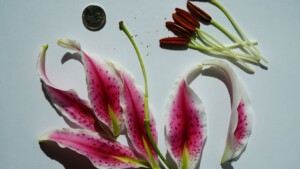 A remarkable example can be seen in species where filaments are designed to respond dynamically to external stimuli such as touch or temperature changes. This responsiveness can catapult pollen into the air with precision timing when potential pollinators are nearby – showcasing nature’s intricate design geared towards successful reproduction.
A remarkable example can be seen in species where filaments are designed to respond dynamically to external stimuli such as touch or temperature changes. This responsiveness can catapult pollen into the air with precision timing when potential pollinators are nearby – showcasing nature’s intricate design geared towards successful reproduction.
Through these detailed sections on both major parts of bagian bunga yang berfungsi sebagai alat kelamin jantan adalah – stamens and filaments – readers gain a comprehensive view into how male flower parts contribute vitally towards plant propagation and biodiversity.
Anther
The Anther forms a crucial component of the stamen, which is the male reproductive part of a flower. Understanding the anther’s structure and function is essential for a comprehensive grasp of how flowers reproduce and how the continuation of plant species is ensured.
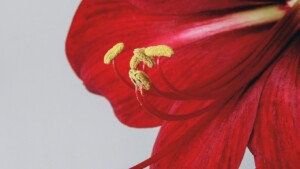 The anther is typically located at the tip of the filament and plays a pivotal role in the reproductive process of flowering plants. Structurally, it consists of lobes that contain microsporangia, where pollen grains are produced. These grains, in turn, carry the male gametes necessary for the fertilization of ovules found within flowers. Anthers vary in shape, size, and attachment to the filament, reflecting the diversity in flower morphology across different plant species.
The anther is typically located at the tip of the filament and plays a pivotal role in the reproductive process of flowering plants. Structurally, it consists of lobes that contain microsporangia, where pollen grains are produced. These grains, in turn, carry the male gametes necessary for the fertilization of ovules found within flowers. Anthers vary in shape, size, and attachment to the filament, reflecting the diversity in flower morphology across different plant species.
Microscopic examination reveals that the anther is composed of several layers, each with a distinct role in the development and release of pollen. The outermost layer, known as the epidermis, protects the anther from physical damage and desiccation. Beneath the epidermis lies the endothecium, which assists in the dehiscence process, where the anther opens to release pollen. The middle layers, often transient, provide nutrients for the developing pollen, while the innermost layer, the tapetum, plays a critical role in nourishing the pollen grains.
Functions of the Anther
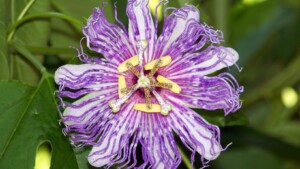 The primary function of the anther is to produce and release pollen grains, which are essential for the fertilization process in plants. During the flowering stage, the anther matures and undergoes a process called dehiscence to release its pollen. This process is crucial for the transfer of pollen to the stigma, either in the same flower or another, depending on the plant species’ breeding system.
The primary function of the anther is to produce and release pollen grains, which are essential for the fertilization process in plants. During the flowering stage, the anther matures and undergoes a process called dehiscence to release its pollen. This process is crucial for the transfer of pollen to the stigma, either in the same flower or another, depending on the plant species’ breeding system.
Pollination, facilitated by various agents such as insects, wind, and water, allows the pollen grains to reach the female reproductive parts of a flower, thereby initiating the fertilization process. The successful union of male and female gametes results in the production of seeds, ensuring the survival and propagation of plant species.
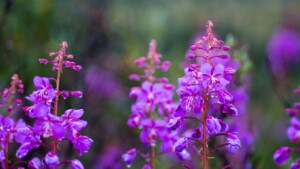 Furthermore, the morphology of the anther can influence the efficiency of pollination. For example, anthers that are well-exposed and produce a large quantity of pollen are more likely to successfully pollinate other flowers, compared to those with limited exposure and pollen production. This adaptation is particularly significant in environments where pollinators are scarce, highlighting the anther’s role in a plant’s reproductive success.
Furthermore, the morphology of the anther can influence the efficiency of pollination. For example, anthers that are well-exposed and produce a large quantity of pollen are more likely to successfully pollinate other flowers, compared to those with limited exposure and pollen production. This adaptation is particularly significant in environments where pollinators are scarce, highlighting the anther’s role in a plant’s reproductive success.
The anther’s structure and functions are indispensable to the reproductive strategies of flowering plants. Its complexity and efficiency underscore the intricate mechanisms of nature that ensure the continuation of plant life. Understanding these processes not only deepens appreciation for plant biology but also informs conservation efforts, agricultural practices, and the study of plant evolution.
Pollen
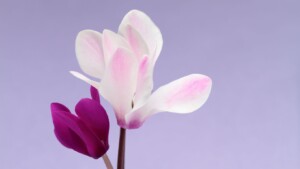 Composition of Pollen Grains
Composition of Pollen Grains
Pollen grains, the microgametophytes of seed plants, are critical to the reproductive processes of flowering plants. These tiny grains are the primary constituents of the anther, a vital part of the stamen which is the bagian bunga yang berfungsi sebagai alat kelamin jantan adalah. Each pollen grain contains vegetative cells responsible for the grain’s development and a generative cell that divides to form two sperm cells. The composition of pollen grains is quite remarkable; encased in a hard coat made of sporopollenin that protects them during their perilous journey to the stigma. This outer layer is known for its incredible durability and resistance to degradation.
Pollen’s complexity doesn’t end with its outer shell. The interior of a pollen grain reveals a fascinating world of biological necessity. It harbors DNA, RNA, enzymes, and other substances that ensure the successful fertilization of the ovule. This rich composition makes pollen grains not only fascinating from a botanical perspective but also highlights their indispensable role in plant reproduction.
Role of Pollen in Reproduction
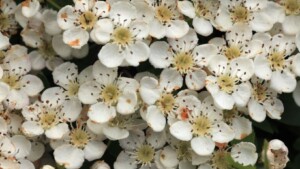 The role of pollen in plant reproduction is fundamental and multifaceted. After pollen grains are produced within the anther, they embark on a mission critical for the survival of their species. The process begins with pollen transfer, or pollination, which can occur through various means such as wind, water, or animal pollinators. Once a pollen grain reaches the stigma of a compatible flower, it germinates, growing a pollen tube down the style to the ovary where fertilization occurs.
The role of pollen in plant reproduction is fundamental and multifaceted. After pollen grains are produced within the anther, they embark on a mission critical for the survival of their species. The process begins with pollen transfer, or pollination, which can occur through various means such as wind, water, or animal pollinators. Once a pollen grain reaches the stigma of a compatible flower, it germinates, growing a pollen tube down the style to the ovary where fertilization occurs.
This interaction is crucial for the production of seeds and the continuation of plant species. Pollination efficiency, influenced by the morphology of the pollen grain and the compatibility between the pollen and stigma, determines the success of fertilization. Pollen grains are thus not only carriers of genetic material but also pivotal players in the biodiversity of plant life.
Pollen Production and Dispersal Mechanisms
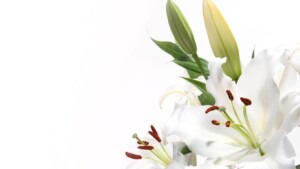 The stamen, a crucial component of flowers acting as the male reproductive organ, plays a pivotal role in the lifecycle of plants. Within this structure, pollen production takes place in the anther, where microspores develop into pollen grains – the carriers of male genetic information. This complex process ensures that flowering plants can reproduce sexually, mixing genetic material to create diverse offspring.
The stamen, a crucial component of flowers acting as the male reproductive organ, plays a pivotal role in the lifecycle of plants. Within this structure, pollen production takes place in the anther, where microspores develop into pollen grains – the carriers of male genetic information. This complex process ensures that flowering plants can reproduce sexually, mixing genetic material to create diverse offspring.
Pollen dispersal mechanisms are as varied as the species that rely on them. They have evolved over millions of years to optimize fertilization success rates. Key strategies include:
- Wind Pollination: Many trees and grasses release vast quantities of lightweight pollen into the air, relying on wind currents for distribution. This method is less precise but can cover large distances.
- Animal Pollination: Insects, birds, and even some mammals act as pollinators when they visit flowers to consume nectar or pollen. During these visits, pollen grains attach to their bodies and are carried off to other flowers for cross-pollination.
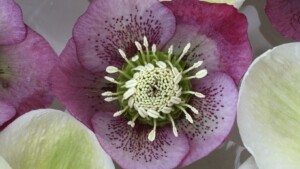 Water Pollination: A few plant species have adapted to use water currents for pollen transport. This is mostly seen in aquatic environments where pollen can float on water surfaces until it reaches another flower.
Water Pollination: A few plant species have adapted to use water currents for pollen transport. This is mostly seen in aquatic environments where pollen can float on water surfaces until it reaches another flower.
Each dispersal mechanism has adapted features in both the flower and its pollen to maximize efficiency. For instance:
- Wind-pollinated plants often produce small, inconspicuous flowers without scent or nectar since they do not need to attract animal pollinators.
- Animal-pollinated flowers might exhibit bright colors, enticing scents, and produce nectar to attract specific types of animals.

